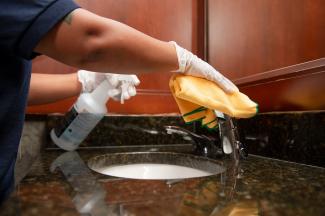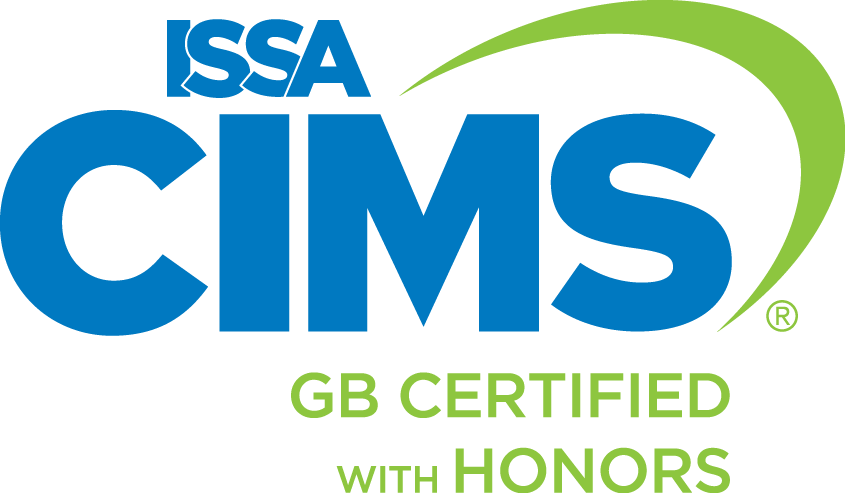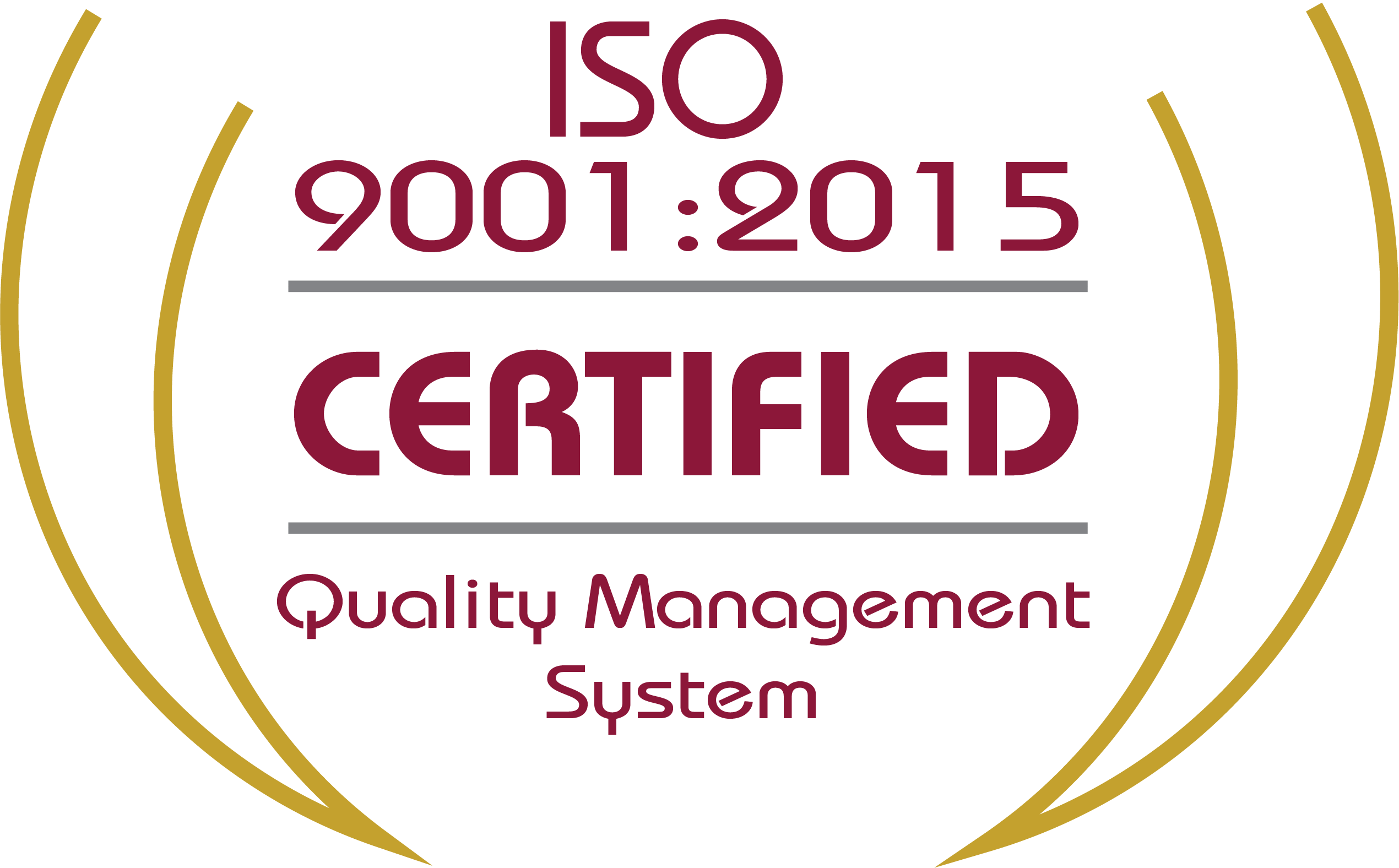How does handwashing work?

Everyone talks about the importance of handwashing. It is ingrained in society: wash your hands before you eat, after you use the bathroom, and during times of increased sickness (namely, fall and winter, when illness is on the rise).
But why is handwashing so important? We have all heard that it eliminates germs and stops you from becoming sick. The science behind these seemingly simple facts is very in-depth.
Your Hands and Biocontaminants
For most people, hands are the primary ways we can interact with the world. People lift things up and put them down; they press buttons and hug loved ones. If you think about how often you use your hands on a daily basis, you’ll likely come up with a very long list.
Humans naturally produce oil that helps protect both skin and body. (It’s the same oil that is on your face and can sometimes cause acne; there’s just a larger concentration of it on our faces than on our hands.) Our bodies also produce sweat which helps regulate body temperature. Both the oil and sweat remain on our skin, even when our skin appears clean. This is one of the reasons why cleanrooms and controlled environments require head-to-toe uniforms. They help eliminate potential contamination from normal body functions.
The oil and sweat that we produce take in some of the biocontaminants we encounter. Biocontaminants could include bacteria, viruses, dirt, salts, and sometimes microscopic bits of whatever you have touched. It is not entirely accurate to say that biocontaminants are absorbed into the oil; instead, it’s more accurate to say that they become mixed in and trapped. Ultimately, this means that biocontaminants are trapped on your hands.
Now, if you think back to all of the things your hands do or touch through the day, you’ll notice several items on that list involve your eyes, mouth, and face. This is usually how biocontaminants enter your body. Your hands, unwittingly, become a vehicle for potential illness.
Handwashing Science
Handwashing combats this buildup of biocontaminants in a simple way: removing them from your hands completely.
Let’s break down the ideal way that handwashing works:
- Soap particles break down the oil on your hands and “surround” the biocontaminants. Through chemistry, the biocontaminants are not as “stuck” to the skin as they once were. (Look for a future blog about how soap works.)
- Rubbing and scrubbing your hands together further detaches the biocontaminants from your hands through friction.
- Clean, running water carries the biocontaminants away.
Altogether, it seems like a simple process. And when it is done often and correctly, it can help reduce the rate of illness.
There are some additional facts and tips to improve the effectiveness of your handwashing:
- Crucial times to wash your hands are before you eat and after interacting with something that may have a lot of biocontaminants (restrooms, garbage cans, etc.).
- Scrub your hands with soap for twenty seconds. A popular trick to time yourself is to sing “Happy Birthday” twice while scrubbing.
- There is no advantage between antibacterial soap over regular soap. However, any soap is better than no soap.
- Running water is preferred over sitting water. Running water physically carries the biocontaminants away from your hands. Sitting water, while helpful in removing biocontaminants, risks recontamination as biocontaminants are mixed into the water and stay there.
- Handwashing is more effective than hand sanitizers, but both are preferred over doing nothing.
One Part of a Cleaning Strategy
Cleaning for health cannot rely on one step alone. Health and biocontaminants are both complex, and proper cleaning is as well.
Janitronics has spent over fifty years working hard to help clean for health. Request a price from us here.



